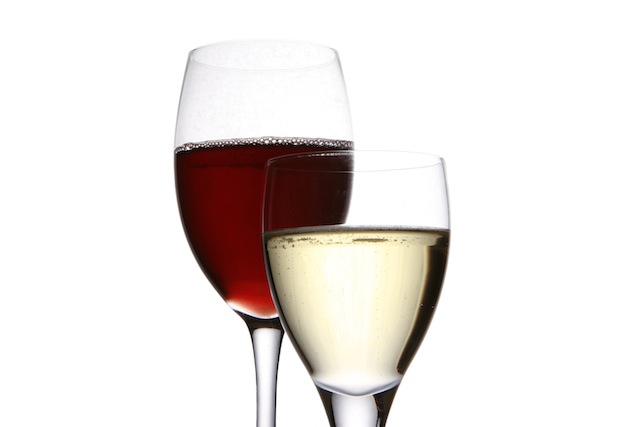 We're used to thinking that men typically drink more than women. And that's still true but it may not continue to be so if current trends are an indication of future behaviors.
We're used to thinking that men typically drink more than women. And that's still true but it may not continue to be so if current trends are an indication of future behaviors.
Dr. Aaron White from the National Institute on Alcohol Abuse and Alcoholism (NIAAA) and coworkers analyzed annual survey data from 2002 to 2012 on respondents who were aged 12 years and older. They were queried about their current drinking patterns, number of drinking days per month and episodes of binge drinking.
The investigators found that in 2012, about 48 percent of women reported drinking alcohol within the previous month which was an increase over the 45 percent who reported that in 2002. In contrast, on the same measure, fewer males (56 percent) reported drinking in 2012 than in 2002 (57 percent). In addition, the number of drinking days in the previous month also increased for women (from 6.8 to 7.3 days), and decreased slightly for men.
For college students in the 18-25 year age group, the prevalence of binge drinking didn't change over the study period. In contrast, female respondents in that age group who were not in college reported a significant increase in binge drinking, while similar men reported a significant decrease.
Only one measure combining alcohol with marijuana use in the last drinking occasion before the survey showed an increasing male-female divergence, with males in the 18-25 age group increasing from 15 to 19 percent, while that of females in the same age group remained constant at about 10 percent.
The investigators had no clear explanation for the the changing patterns they observed. They reported controlling for social variables such as employment trends, pregnancy and marital status so these factors are not likely to be contributors. They recommended further research to clarify the roots of the current patterns of alcohol use, as well as the changes they observed, as understanding the underlying factors would be helpful for treatment and prevention of alcohol abuse.


